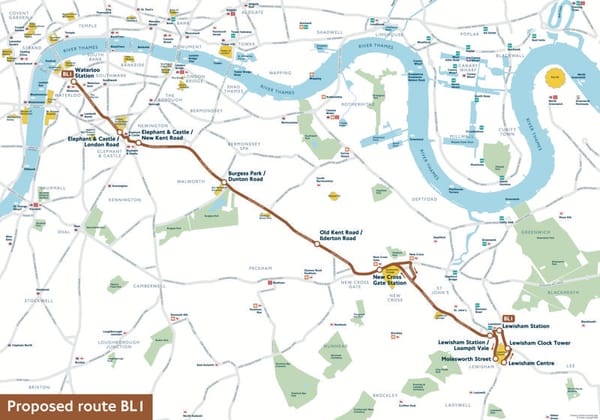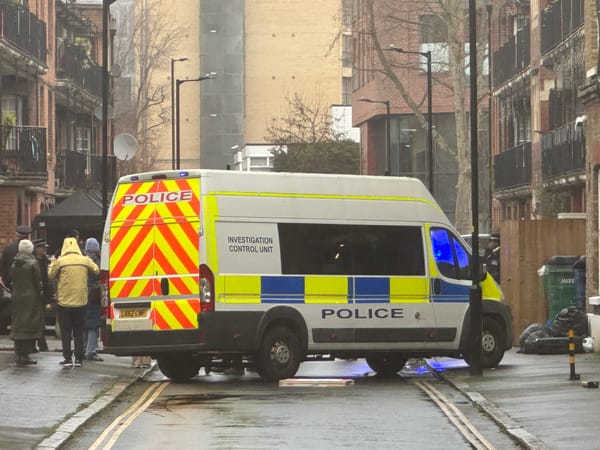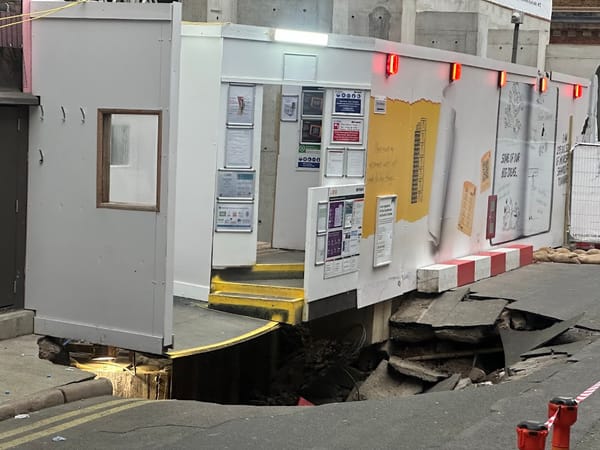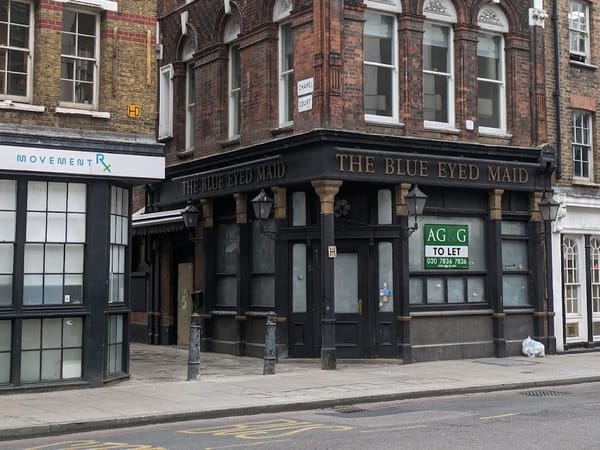Supreme Court: Tate Modern visitors did cause nuisance to Neo Bankside flats
The presence of thousands of Tate Modern Visitors looking into the glass-walled homes of Neo Bankside residents from the art gallery's top-floor viewing platform did constitute a nuisance in law, the Supreme Court has ruled.

On Tuesday the Supreme Court handed down judgment in the case Fearn and others (Appellants) v Board of Trustees of the Tate Gallery.
The five Supreme Court Justices, by a majority of three to two, allowed the appeal brought by the residents of four Neo Bankside flats.
The case had previously been considered by the High Court and the Court of Appeal.
Lord Leggatt, giving a summary of the Supreme Court's judgment, said: "this is a clear case of nuisance".
He added: "it's no answer to a claim of nuisance to say that the claimants wouldn't have suffered nuisance if their homes had been designed or built differently".
The viewing platform on level 10 of Tate Modern's Blavatnik Building has been closed to the public since the start of the Covid-19 pandemic.
The claimants seek an injunction requiring the Tate to prevent its visitors from viewing their flats from the viewing platform, or an award of damages.
The Supreme Court was not asked to consider remedies in this case, so the matter will now return to the High Court to rule on what happens next.
The dispute between residents of Neo Bankside and the art gallery has been ongoing since the opening of the Blavatnik Building seven years ago. At the time, the then Tate director Sir Nicholas Serota memorably suggested – in response to a question from the SE1 website – that residents of the luxury flats "might put up a blind or a net curtain or whatever ".
• The full judgment is available on the Supreme Court website.





